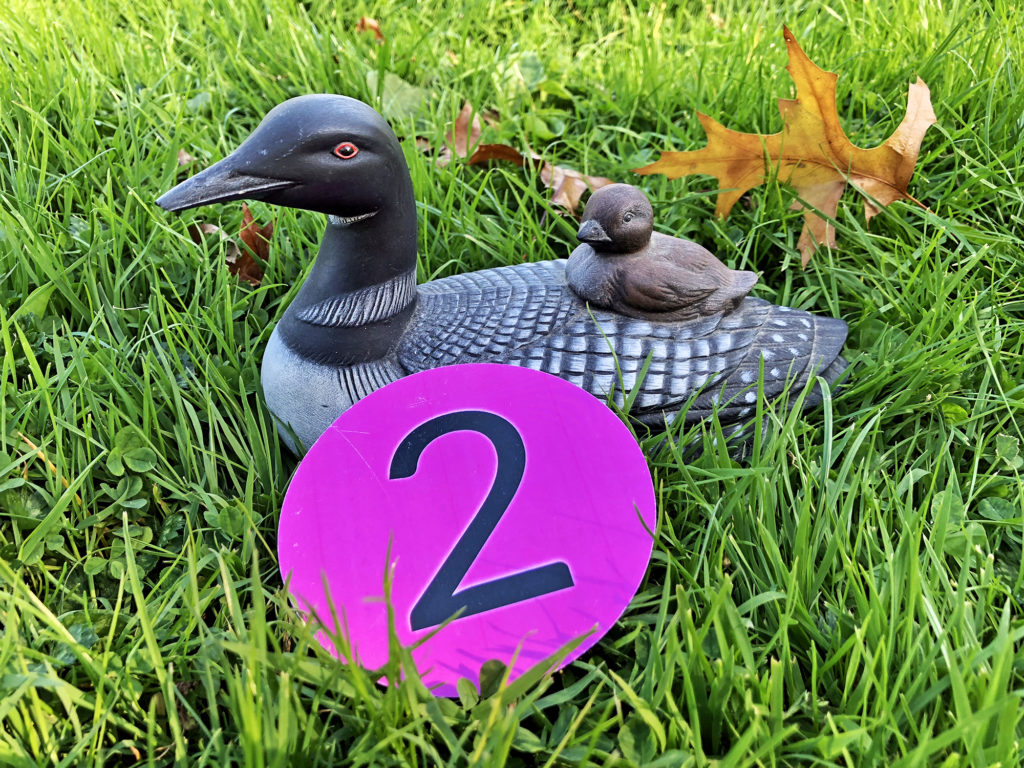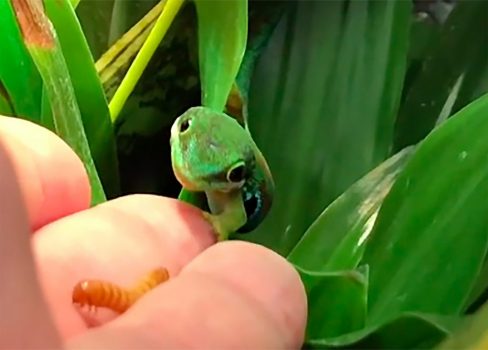
Learned Behaviors
Learned Behaviors
Experiences shape many animal behaviors. Genes code for the neural capability to learn, but what is actually learned is due to experiences.
Learning Objective: Explain what a learned behavior is and provide specific examples of behaviors altered by experiences.


For centuries, learning was considered to be primarily a set of human behaviors that were poorly developed in other animal species. Now research is revealing a range of learned behaviors in invertebrate and vertebrate species.
If you have a dog, you may know this learned behavior: “begging” for food at the table. Wild animals often depend on learned behaviors for survival.
This video introduces examples of different types of learned behaviors.
Watch this video; you can select the closed captioning “cc” option if you would like to see the text.
It can be difficult to determine whether a behavior is innate or learned. Our single triops comes to the front of its tank right before we add the food. We don’t know whether it is reflexively responding to a signal we are sending, or whether it has learned its time to eat. Possibly its both.
If you are caring for animals, it may be important to train them to quickly eat provided foods, particularly if you have to administer supplements or medications. Our peacock day geckos are not domesticated, but need to learn to be handled for routine care and medical check-ups.

We’re using associative learning: this gecko is quickly learning to associate an approaching hand with food.
The key with associative learning is repetition; the connection between stimulus and response needs to be clear and consistent.
Latent learning may explain changes in bird activity at feeders and bird baths. Birds generally utilize varied food resources over an area and learn the location of feeders and fresh water. On cold days when bushes are covered in snow and water is frozen, birds temporarily relocate to their learned locations.
The next section explores the impact of sexual reproduction on fitness,











